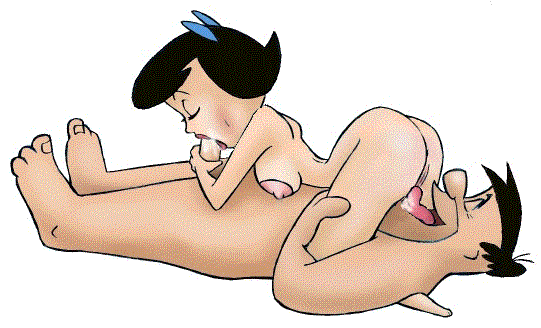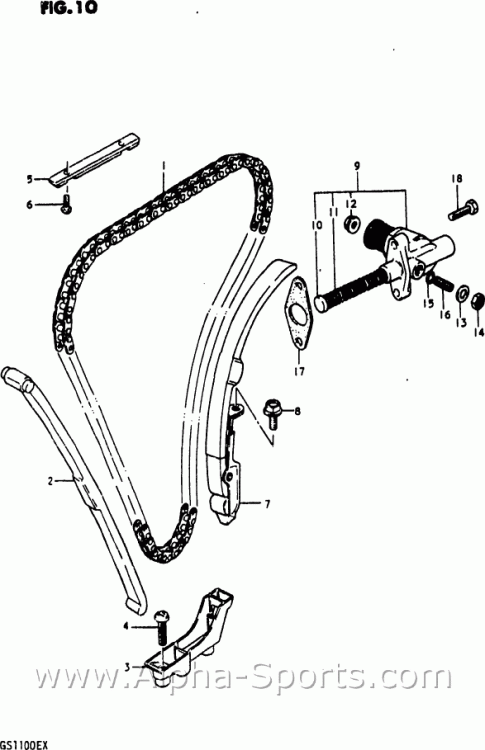-
Posts
5,455 -
Joined
-
Last visited
Content Type
Profiles
Forums
Events
Posts posted by Gixer1460
-
-
They will - close enough not to make much difference. If its a turbo, you could add a couple of thousandths.
-
5 hours ago, davecara said:
Anyone know what it should be offhand?
Busa pistons and my block is ready for its final bore but I can’t find any info on what running clearance we need
Do you have a workshop manual ? It is usually stated in the specs - as long as the piston size is pretty close the same tolerances will apply. I haven't a manual in this PC - if I find it later elsewhere i'll add to the thread. What engine is it - assume GSXR / GSF?
-
Yay - its a disco knuckle duster!.................and a button short LOL!
-
They will make little or no difference on a stock bike, well maintained. The coils used to be a reasonably priced alternative to stock coils if one of them went bad as oem were dearer! But for a modified bike the benefit gets more, the more modified the engine becomes. Turbo's making serious boost need better, bigger and more reliable sparks. Whether proper coils or COP's are better is debatable - down to preferences. I just know my dyna greens still worked at 350+hp and lots of boost but they also had a more sophisticated and amplified ignition system driving them.
-
 1
1
-
-
Pretty much all types of OEM switchgear separate lights and indicators to left and right bars so there won't be much available if you want a single cluster and / or keeping yer hands on the bars whilst operating the switches!
-
You could take the pump feed from any wire that has orange as its base colour ie. orange / white, black, blue, green, yellow, as they are all switched live at key on. Using orange / white is preference as is also controlled via the kill switch in addition to the key..........hard to leave that on!
-
-
Still doesn't make sense as every EFI system will pressurise the fuel system then turn off while cranking - the starter doesn't need the addition electrical load from the pump. As soon as a 'running state' is achieved the pump will turn on full time - whether it be internally regulated or after rail regulated with return. If it didn't, the fuel rail pressure would decay due to injectors pulsing - its why you can't keep an EFI system grinding away on the starter - eventually there would be no fuel pressure left in the rail!
-
1 hour ago, Scara said:
2. On EFI units tank connects to fuel pump, then fuel rail; naturally the FPR is fitted after the fuel rail and onto the return line if your fuel pump is constant on.; It goes without saying no return line is necessary if your aftermarket ECU has the capacity to monitor fuel pressure and cut off fuel delivery similar to any late model bike with an in-tank pump. Now, there are some fuel only controllers which have the facility to use an external pump and the menu allows for maximum fuel pressure then cuts it off. Example 45 psi for a 43.5 psi duty cycle requirement, no return line needed. One such system is the Microtech LT9C Fuel only controller, which can run along side an aftermarket system such as the Dyna 2000 and takes its delivery queue from the tacho.

That's a new one on me! I'm not aware of any OEM EFI systems that utilise what you describe. There may be sensors available that can respond to the difference between 43psi and 42psi but to turn a pump on and off repeatedly won't do it much good! In tank pumps generally have integral FPR's, so single line correct pressure is delivered constantly. I looked at the controller you indicated but it's nothing like what you describe - its an auxiliary injector controller not a pump controller, that works in association with the std ECU - its drivers don't have the capacity to control a pumps amp demands, even constantly, let alone startup current.
-
35 minutes ago, Scara said:
Do not use the dynajet kits. You will revert back to standard for the turbo
Slightly late response I feel! Sorry, never understood why a jet kit that works well NA will not work equally well with a boosted application - they both work / respond to airflow, the carb doesn't know the difference?
-
Could it be an 1100 head as I thought the 748 short stroke head had a different stud spacing (which matched the 1100 / 1200 pattern) compared to the long stroke 750?
-
Again - the oil can't drain out of a cooler with connections on the lower side UNLESS you drain the sump! Only when the crankcase hose connections are uncovered can air enter to break the vacuum created when cooler is full.
-
 3
3
-
-
-
Yes - any which way you want. BUT as the core weighs a bit, when mounted horizontally it will eventually wear due to gravity!
-
 1
1
-
-
Only seen it done commercially a couple of times - one was a Yoshimura for a 400/4 - looked very odd. Often done with turbos to even out the pulses but for a NA pipe I'd doubt its effectiveness. Best pipe I had was built for the bike, was a 4-2-1 system with 1-2 and 3-4 pairing but very long primaries and short mid pipe link - made a near flat torque curve.
-
Don't use face ache but if its the blue bike - how is that claim substantiated?
-
If this is a GSXR based engine there is no 'adjustment procedure'. Once the cams are in and chain mounted, the plunger is pushed in to tension by holding the 'locker' block up. Rotate the inlet cam to tension chain and guide and insert the adjuster, then the chain can be slackened by opp. rotating the cam and the adjustment plunger will extend automatically to remove the slack. Rotate the crank a couple of times - making sure the cam timing is correct first - so all slack is taken up. That's it, as slack occurs the plunger extends one notch at a time to remove it and the locker block stops it backing off! BTW only done this twice - all my engines get manual adjusters eventually!
-
Only White / Red goes between headlamp relay and lamps (dip beam) on the 1100M loom diagram. I'd hazard a guess it connects to the white from the switch. The yellow goes to the headlamp relay from the switch and connects to the Yellow / Red to the lamps (High beam) - This is UK spec. wiring.
-
51 minutes ago, dupersunc said:
Striaght cut gears are more efficient, but not necessarily stronger, in fact the opposite can be true. Helical gears are quieter an make a bike feel more refined.
The above is true but there is a trade off - angle cut teeth by design introduce side loading to anything connected and in our case its the clutch and input shaft bearing - evidence of issues occuring in excessively torquey motors - NA big bore included , so not just a turbo problem.
-
 1
1
-
-
GSXR1100 - K or L will be correct - or anything that used 36mm CV's..........strangely enough! LOL
-
 1
1
-
-
Std K cams in a 1186 motor. From memory the shorter numbers are good for torque and turbos, Those cams went back to stockish timing with my first turbo. Slotting sprockets is easy with access to a rotary table and a mill LOL!
-
Slotted sprockets may not 'give' anything but it does give the option of accurately setting the cams, adding some advance or retard to them. I've used and like 110 /110 timing - gave me good results .
-
 2
2
-
-
Hmmmm - Air shifters are best left for the strip as obviously the air supply is limited unless carrying a compressor (and who wants extra weight and electrical load?)
Personally i'd go for a good 'Quick Shifter' - ie clutchless WOT foot change. They are fractionally slower than an airshifter but don't run out of air, and can still be used on the road at less than max attack speeds. I've used both and even had a Nitrous shifter system when I used Gas on the road bike - but prefer the Quick shifter on the road.
-
Piss easy - 1 for 1 swop, nothing else to change!
-
 1
1
-




Gudgeon pins
in Oil Cooled
Posted
What do the Little Ends measure out at? Steel is harder than bronze so would expect them to be oval if the pins are worn! New pins aren't gonna be much good with worn rods.